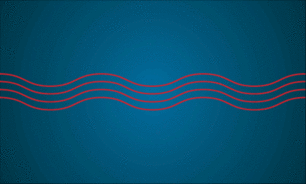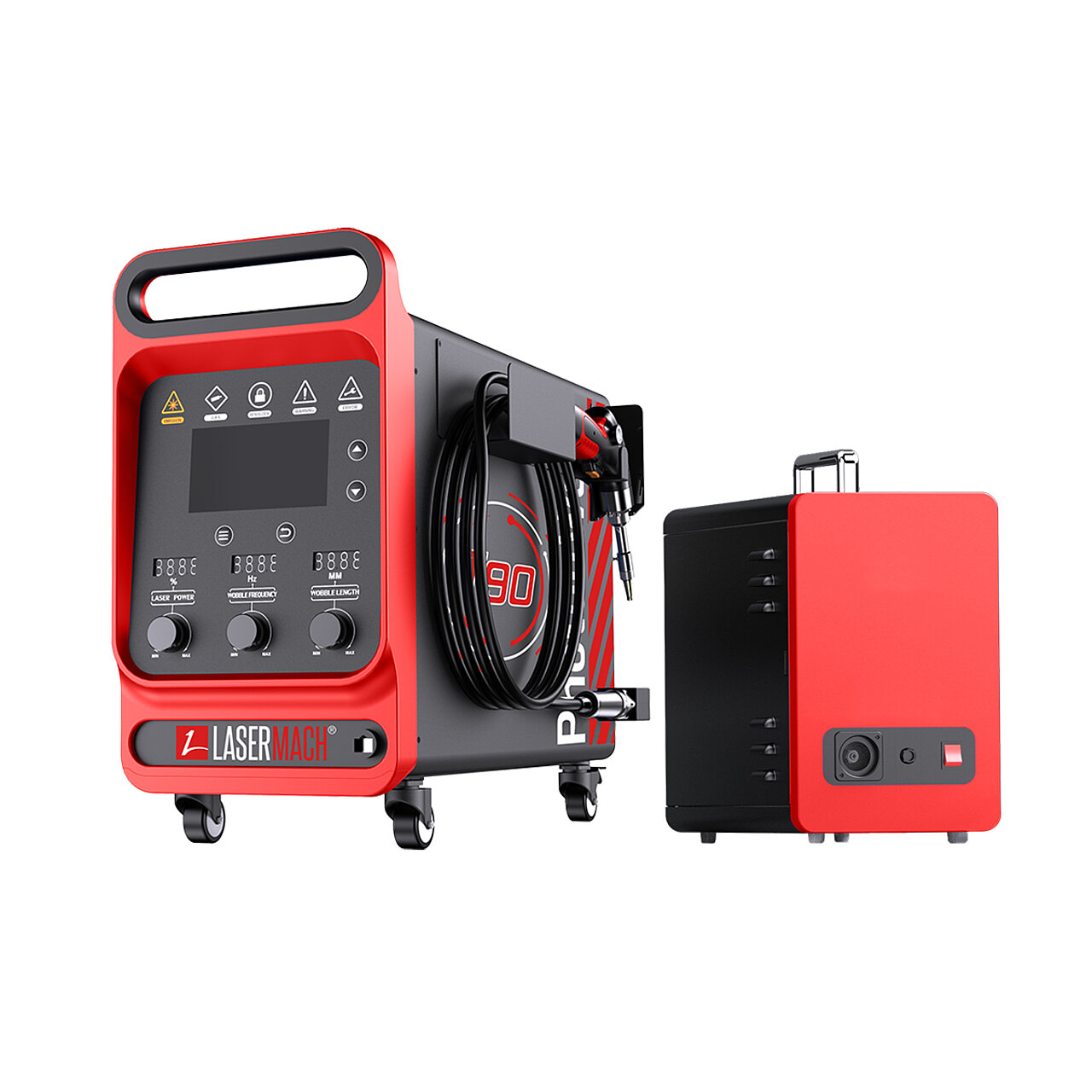What is laser light?
What is laser radiation?
Light: It travels at 299.792.458 meters per sec. Its visible spectrum ranges from 400 to 700 nanometers. Its smallest unit is a packet of energy, a photon. In most of its natural and artificial forms, light has little power.
However, a groundbreaking invention in the latter half of the 1950s increased its power and concentrated it in a small area. Thus was born a modern and revolutionary concept: LASER - Light Amplification by Stimulated Emission of Radiation
LASER: It is concentrated light of one single frequency or one single colour.

Light
Mixture of different frequencies of light and colour

Laser Light
Single frequency - single colour light beam
Laser Welding
Laser welding, like other laser-machining methods, is a non-contact technology that has a limited, heat-affected zone (HAZ), which is why the technology is a preferred method for welding delicate and high tensile products at high speeds. Laser welding is also a more repeatable and consistent process than other welding methods, and is capable of producing high-strength bonds without the need for filler material, flux, prepping, or secondary cleaning and finishing processes. Laser Welding enables many applications to be manufactured at much lower costs, with greater consistency, at greater speeds, and with much less waste and quality-control issues. Moreover, a laser welding manufacturing process is much more reliable than other welding technologies, as the latest laser-welding machines require little to no maintenance, and virtually have no downtime.

The laser as a heating source
Laser welding requires that the laser raise the temperature of the material to be welded. The laser light must be absorbed by the material to induce a temperature rise. In effect, the laser light beam is focused onto the material similar to the way the sun can be focused by a magnifying glass. The difference is that the laser’s power density is many orders of magnitude higher.
Laser light photons (packets of light energy), impinge onto the material and are partly or wholly absorbed. The energy of the photon is absorbed in the metal material and causes a heat waves within the metal. Repeated absorption of photons eventually leads to metal melting.
Even for metals that absorb well, such as steel, the laser is initially mostly reflected. A smaller percentage of the laser beam is absorbed, heating the metal surface. The increased metal temperature increases the absorption of the laser light photons. This creates a snowball effect, in which the material is rapidly heated by the laser, leading to melting and formation of the weld.
Industrial Laser Welding Systems
Industrial laser welding has had a dramatic impact in the Machine Tool Industry over the years and has become the answer to many problems brought about by traditional welding methods. Many metalworking companies have turned to laser spot and laser seam welding due to these advantages. Automation, high welding speeds and contact-free processing help laser welding users achieve economic advantages very quickly.
Since laser welding produces pure, concentrated energy, it creates deeper welds while leaving high production output. This is one of the many reasons laser spot and seam welding systems are used in manufacturing in this industry. Items we use every day in our gadgets, electronics and parts have gone through laser welding technology in the course of their production.
Laser Spot Welding & Laser Seam Welding
Laser spot welding, laser seam welding, and direct welding are highly useful and slightly differing applications of laser welding technology. Laser spot and seam welding refer to welding functions applied to a single point or along a line. By setting a laser welding system to a high speed and extremely narrow weld geometry, the laser welder can produce extremely fine spot welding. Also, you can adjust the system to weld on continuous wave mode, welding with several kilowatts of power. The ideal laser speed for laser spot or seam welding projects varies according to the particular laser model, the laser power setting, and the material being laser welded.
